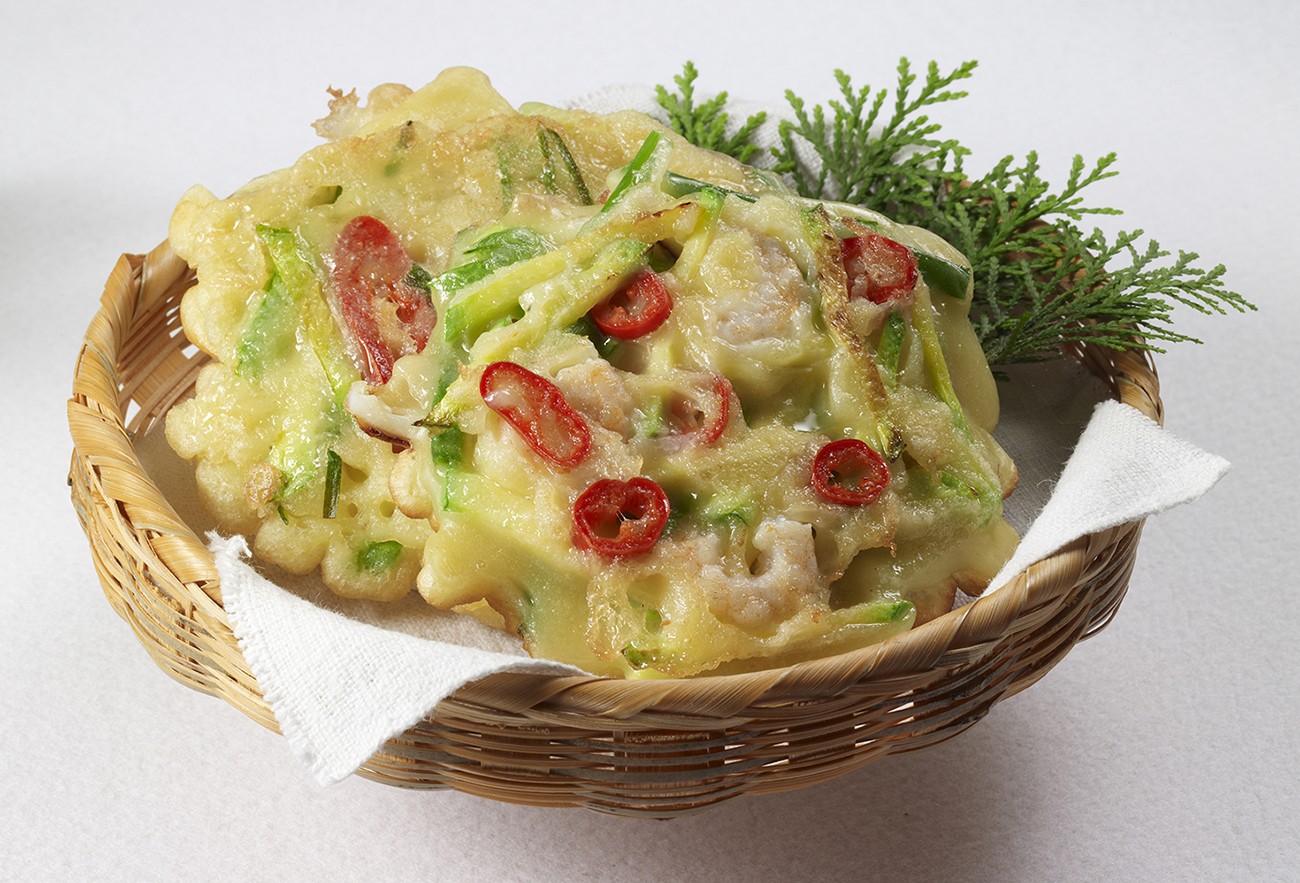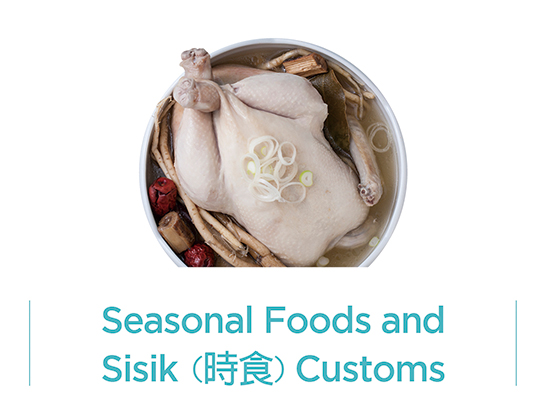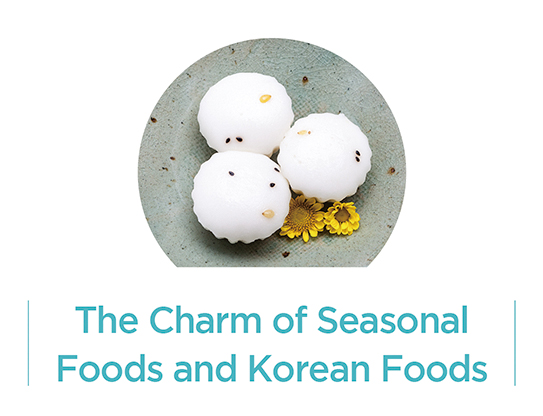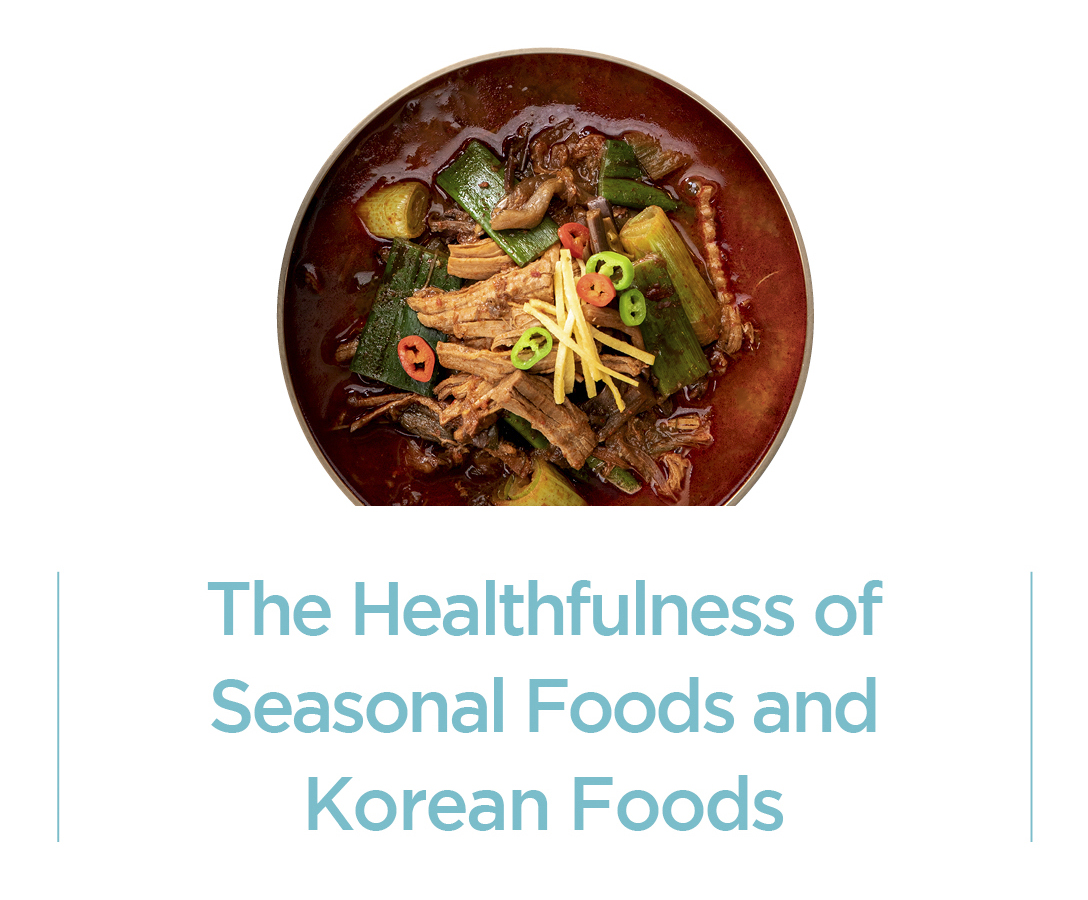한식 읽기 좋은 날
Vol 42. Seasonal Foods
The Healthfulness of Korean Foods and Seasonal Foods
“Seasonal Foods,” Repositories of Seasonal Nutrients

When it is spring, summer, autumn, or winter, there are certain dishes that come to our mind. Korean food prepared with seasonal ingredients contain the taste of the season. However, the concept of “the right food for the right season” has been diminished because ingredients that used to be available only in certain seasons are now available all year round, but the taste of seasonal food that makes you crave for certain dishes in spring, summer, autumn, and winter remains strong.
“The heart and consideration for the health of the eater”: The concepts of yaksikdongwon (藥食同源: that medicine and food have the same origin in Korean food), sikchi (食治: curing illness by eating the right food), and yakseon (藥膳: food cooked with medicines to prevent and help cure illness) in Korean food denote that people who make food must put their heart and soul into it. This starts with using fresh seasonal food ingredients filled with seasonal nutrients. This is why the taste of the season is contained in the healthy taste of Korean food.

In Korea, there is a custom of eating according to the season by making a dish with the specialty food of the season or eating commercial food according to the season. This custom combines the influences of our living environment based on nongja cheonha jidaebon (agriculture forms the basis of our national existence), and our natural environment with its distinct seasons.
Agriculture has made Koreans sensitive to changes in the seasons and attentive to changes in food ingredients that differ from season to season. Our ancestors actively used these seasonal ingredients, which has led to our dietary customs of making and eating specific foods for each season.
This Korean custom of eating according to the season can also be found in Dongguksesigi, which introduces food and alcoholic drinks made with seasonal ingredients.
For instance, Dongguksesigi introduced kalguksu (noodle soup) made with zucchini in chicken broth, and miljeonbyeong (wheat crepe) fried thinly with julienned zucchini inside, in summer, when zucchini tastes best.

The fresh and new seasonal food ingredients that retain the texture, flavor, and color of each season account for the taste and charm of the seasonal table. The sight of our table that changes according to the season is one of the reasons for the diversity of Korean food.
Of course, it is not the only reason. Korean food is also diverse because various recipes are discovered that make seasonal ingredients more delicious and that cook even just a single ingredient in many different ways.
For instance, zucchini, which is in season in summer, provides a variety of summer flavors in many recipes such as for rice, porridge, soups, stews, seasoned dishes, stir-fried dishes, grilled dishes, pan-fried dishes, braised dishes, and steamed dishes, and lettuce can be eaten in the form of vegetable wraps and as fresh kimchi, fermented kimchi, and pickled lettuce.
Today, however, seasonal foods can already be enjoyed even off-season, with the development of various preservation and storage methods such as fermentation, pickling, and drying.

When a food ingredient is in season, that is when its nutritiousness is at its peak. In Korea, which has four seasons, the food ingredients that are in season contain the nutrients necessary for that season, which means seasonal foods that are filled with such seasonal ingredients are full of health and specifically, full of the nutrients required for that season. Thus, eating seasonal food is tantamount to taking care of one’s seasonal health.
According to the Encyclopedia of Korean Culture, dishes eaten in spring made with fresh vegetables supplement the vitamins that were depleted during the winter. The dishes eaten in summer restore the stamina that is lost from the heat, and the dishes eaten in winter are rich in fat that make the eater feel warmer.
Of course, other countries also have seasonal ingredients and seasonal foods, which make up the country’s health table. However, even when the ingredients of our dishes are the same, the seasonal ingredients in our country that were planted and grown according to the soil and climate of our country are different from those of other countries in taste, properties, and usage. This is why Korean seasonal dishes made with seasonal ingredients from Korea are better for our body.










